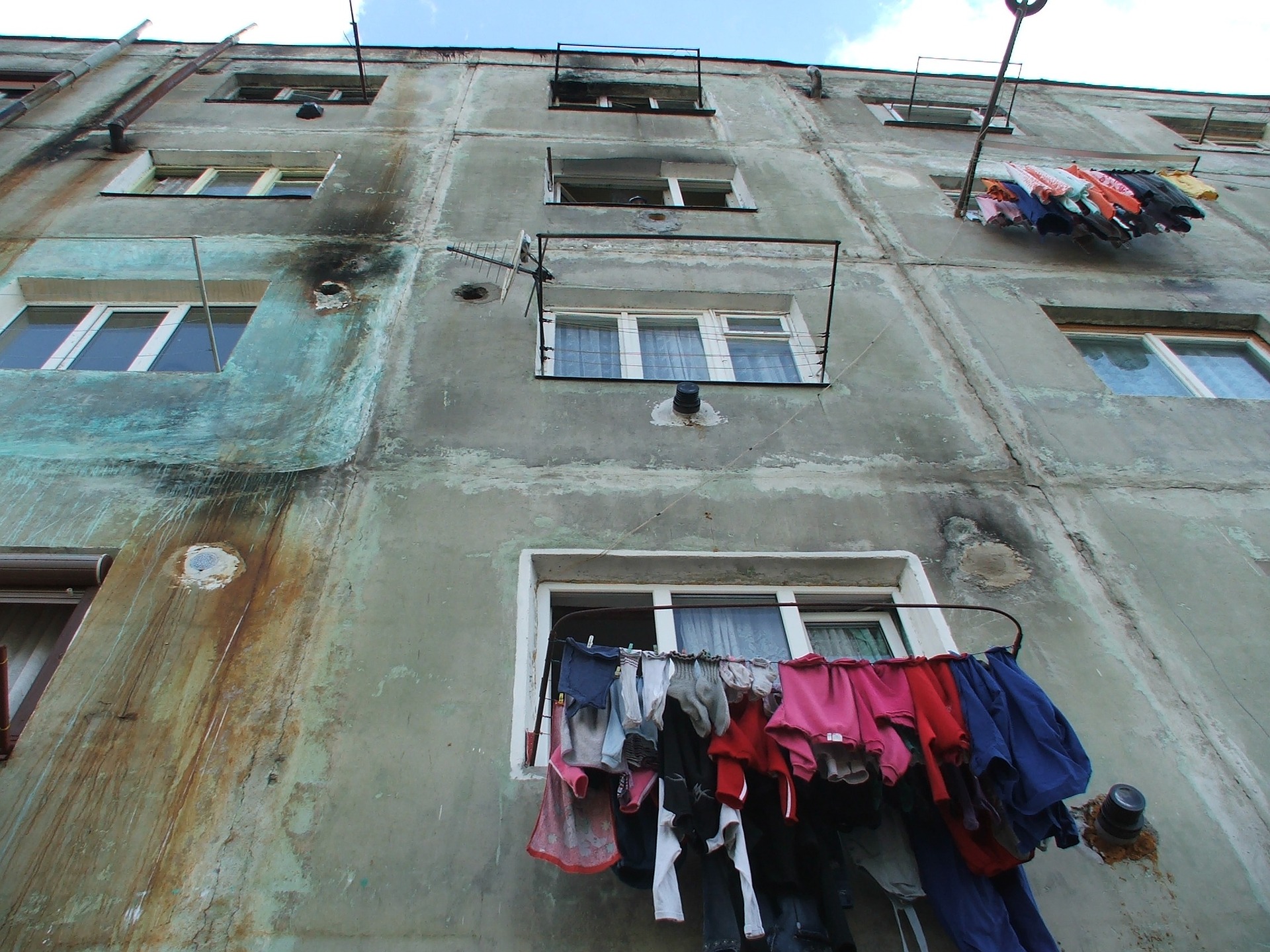
Income inequality in the United States has been a major flashpoint during the 2016 presidential election, with much debate focused on whether America is divided between “the 1 percent” who make up the wealthy elite and the lagging middle and working classes. While the topic has not always garnered so much attention, in fact, statistics show that U.S. economic inequality has been increasing for decades and in 2013 reached its highest since the Great Depression of 1928, according to the Pew Research Center.
Studies show that wealth distribution has become increasingly uneven over the last few decades because incomes grow much faster at the top end of the income range than in the middle or at the bottom end, according to a 2011 report by the Tax Policy Center, a joint venture of the Urban Institute and Brookings Institution. In other words, the disparity in income between one percentile and the next percentile is bigger among America’s top earners, according to a New York Times analysis. For example, using 2011 figures, the Times notes, “the difference in income between a household at the 50th percentile and a household at the 51st percentile is $1,237 ($42,327 versus $43,564). But the difference in incomes between a household at the 98th percentile and the 99th percentile is $146,118 ($360,435 versus $506,553).”
Americans are bothered by the increasingly unequal distribution of wealth in the U.S., according to several surveys. Interestingly, studies also show that most Americans have a poor understanding of how unevenly wealth is distributed, according to a 2011 study by economists Michael Norton and Dan Ariely.
A viral video, published in 2012 and based on their study, highlighted substantial differences between Americans’ perceptions of income distribution and the reality. The video showed in graphic form how Americans think wealth is distributed: The average American believes that the wealthiest fifth own 59 percent of the wealth and that the bottom 40 percent own 9 percent. The reality is strikingly different. The top 20 percent of US households own more than 84 percent of the wealth, and the bottom 40 percent combine for a paltry 0.3 percent.
A study published in March 2016, “Social Class and Income Inequality in the United States: Ownership, Authority, and Personal Income Distribution from 1980 to 2010,” argues that income is correlated with class and that a person’s class is determined by his or her role within the workforce. The study breaks social classes into four distinct groups: proprietors, who own the means of production and control the activities of others; managers, who do not own the means of production but do control the activities of others; workers, who control neither the means of production nor the activities of others; and independent producers, who own and operate small firms by themselves.
Study author Geoffrey T. Wodtke, an assistant sociology professor at the University of Toronto, used data from the 1980-2010 waves of the General Social Survey, a social science study that contains demographic, employment and income data from representative samples of adults in the U.S. The sample for this time period consists of 22,071 individuals who were 18-65 years old and worked full-time at the date of their interviews.
Some key findings include:
- Contrary to the findings of numerous studies, the size of various socioeconomic classes has remained stable while income differences between the classes has increased by about 60 percent since the 1980s, reversing a general trend of declining inequality that dated back to the 1930s.
- An individual’s role within the “ownership and authority structure” of an economic organization—managers, proprietors, etc.—largely determines personal income. The increase in income inequality was driven primarily by rising incomes for high-level managers and large proprietors together with stagnating incomes for workers and independent producers: The proportions of workers and independent producers increased, while the proportions of proprietors and managers declined during this period.
- During the 1980s to early 1990s, incomes in the lower half of the income range stagnated then declined while incomes at the top increased. During the late 1990s to 2000s, lower income stopped declining but did not rebound from the losses of previous decades, while top incomes continued to rise.
- During the 1990s to the 2000s, income inequality increased due to increasing personal incomes among top earners, which in turn fueled income divergence between social classes.
Whereas many studies have attempted to show that America’s middle class is “shrinking,” Wodtke argues that “despite the centrality of social classes in theories of personal income distribution, they have not played an important role in empirical attempts to explain the recent growth in income inequality.”
Related research: While numerous studies have shown that Americans think the economic system is unfair and should be more egalitarian, a 2001 study sponsored by the National Bureau of Economic Research showed that they do not support significant levels of wealth redistribution.
Keywords: income inequality, personal income, American economics, the one percent
doi: 10.1086/684273
